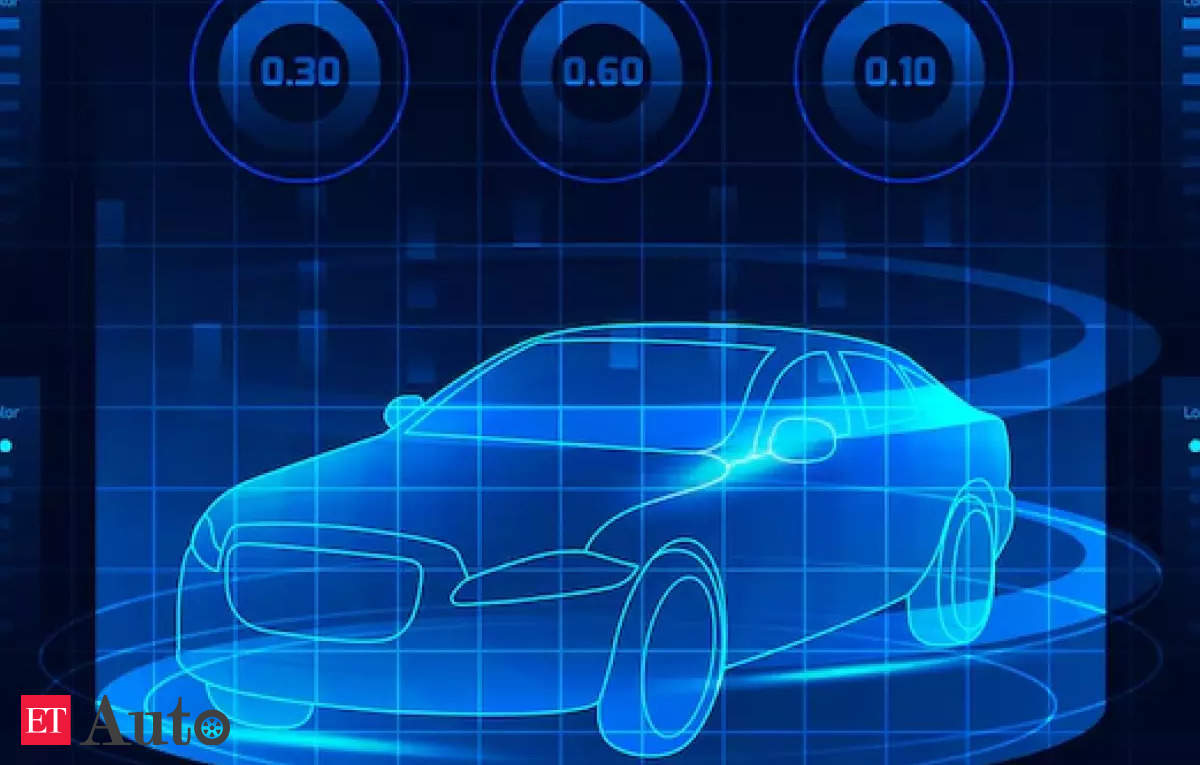In an age where technology seamlessly integrates into various aspects of our lives, the concept of smart cars has become increasingly prevalent. These modern vehicles boast an array of features aimed at enhancing convenience, safety, and connectivity. However, along with these advancements comes the looming threat of cybersecurity breaches, which can compromise the safety and privacy of both the vehicle and its occupants.
“The automotive industry is witnessing a paradigm shift as vehicles become increasingly integrated with digital systems. With this evolution comes the pressing need for robust cybersecurity measures to safeguard against potential cyber threats. As vehicles evolve into sophisticated digital platforms, it’s imperative to stay ahead of emerging cyber threats,” cybersecurity firm HackersEra’s CEO Vikash Chaudhary said.
Here are some essential strategies to fortify the security of your smart vehicle:
Stay Updated with Software Patches and Updates: Just like any other connected device, smart cars require regular software updates to address vulnerabilities and patch potential loopholes. Manufacturers often release updates to mitigate newly discovered cybersecurity risks. Hence, it is crucial to stay vigilant and install these updates promptly.
Implement Strong Passwords and Multi-factor Authentication: Many smart car features, such as remote unlocking and engine ignition, are accessible through mobile apps or web portals. To prevent unauthorized access, users should set robust passwords and enable multi-factor authentication wherever possible. This adds an extra layer of security by requiring additional verification steps beyond just entering a password.
Utilize Secure Wi-Fi Networks: Smart cars often rely on Wi-Fi connectivity for various functions, including software updates and data transmission. However, connecting to unsecured Wi-Fi networks can expose the vehicle to potential cyber threats. To mitigate this risk, prioritize connecting to secure and trusted networks, such as those at home or reputable public hotspots.
Disable Unnecessary Connectivity Features: While smart car features offer convenience and connectivity, not all of them may be essential for your needs. Evaluate the necessity of each feature and consider disabling any that you do not frequently use. By reducing the number of entry points for potential hackers, you can minimize the risk of cyber intrusions.
Be Cautious of Third-party Devices and Apps: Accessories and applications designed to enhance the functionality of smart cars may inadvertently introduce security vulnerabilities. Before integrating any third-party devices or apps into your vehicle’s ecosystem, conduct thorough research to ensure their legitimacy and security measures.
Invest in a Comprehensive Cyber Insurance Policy: Despite best efforts, cybersecurity incidents can still occur. To mitigate the financial repercussions of potential cyber attacks or data breaches, consider investing in a robust cyber insurance policy specifically tailored for smart cars. Such policies can provide coverage for damages, liability claims, and recovery costs in the event of a security incident.
Stay Informed and Educated: Cyber threats are constantly evolving, making it essential for smart car owners to stay informed about the latest trends and best practices in cybersecurity. Regularly educate yourself about potential risks and mitigation strategies through reliable sources such as manufacturer updates, cybersecurity forums, and industry publications.
“Car users can also opt for customised services like real-time monitoring and incident response, vulnerability assessments and cybersecurity consulting from specialised cybersecurity firms. These firms provide round-the-clock surveillance of automotive systems, enabling prompt detection and neutralization of cyber threats. They also conduct continuous assessments to identify potential security weaknesses in vehicle systems, followed by penetration testing to fortify defenses against cyber-attacks,” HackersEra’s CEO Vikash Chaudhary said.
Enable Firewall and Intrusion Detection Systems: Utilize advanced cybersecurity tools such as firewalls and intrusion detection systems to monitor and filter network traffic entering and leaving the smart car. These systems can detect and block suspicious activities, thereby reducing the risk of unauthorized access and data breaches.
Encrypt Data Transmission: Ensure that all data transmitted between the smart car and external devices or networks is encrypted using robust encryption protocols. Encryption scrambles the data, making it unreadable to unauthorized parties, thus safeguarding sensitive information from interception or tampering.
Regularly Audit Connected Devices: Periodically audit and review the list of devices connected to your smart car’s network. Remove any unauthorized or unrecognized devices to prevent potential security breaches. Additionally, consider implementing network segmentation to isolate critical systems from non-essential devices.
Implement Physical Security Measures: In addition to cybersecurity measures, physical security also plays a vital role in protecting smart cars from unauthorized access. Store car keys and access devices securely, and avoid leaving them in easily accessible locations. Consider using physical locks or steering wheel locks to deter theft and unauthorized access.
Monitor and Limit Data Collection: Be cautious of the data collected by your smart car’s onboard systems and connected services. Review privacy policies and settings to understand what data is being collected, how it is used, and with whom it is shared. Opt-out of data collection practices that are unnecessary or intrusive to maintain control over your personal information.
Practice Safe Driving Habits: Encourage safe driving habits to mitigate the risk of cyber attacks targeting vehicle control systems. Avoid tailgating or aggressive driving, as these behaviors can potentially expose the vehicle to remote hacking attempts. Additionally, remain attentive while driving and be mindful of any unusual behavior or malfunctions in the vehicle’s systems.
Report Suspicious Activity: If you notice any suspicious behavior or experience unusual system malfunctions in your smart car, report them to the manufacturer or authorized service center immediately. Prompt reporting can help identify and address potential cybersecurity threats before they escalate into more significant issues.
While the integration of technology into automobiles offers unparalleled convenience and connectivity, it also exposes vehicles to cybersecurity threats. By implementing proactive security measures and staying vigilant, smart car owners can effectively safeguard their vehicles and personal data from potential cyber intrusions. Remember, the key to a secure smart car lies in staying informed, cautious, and proactive in addressing cybersecurity risks.





